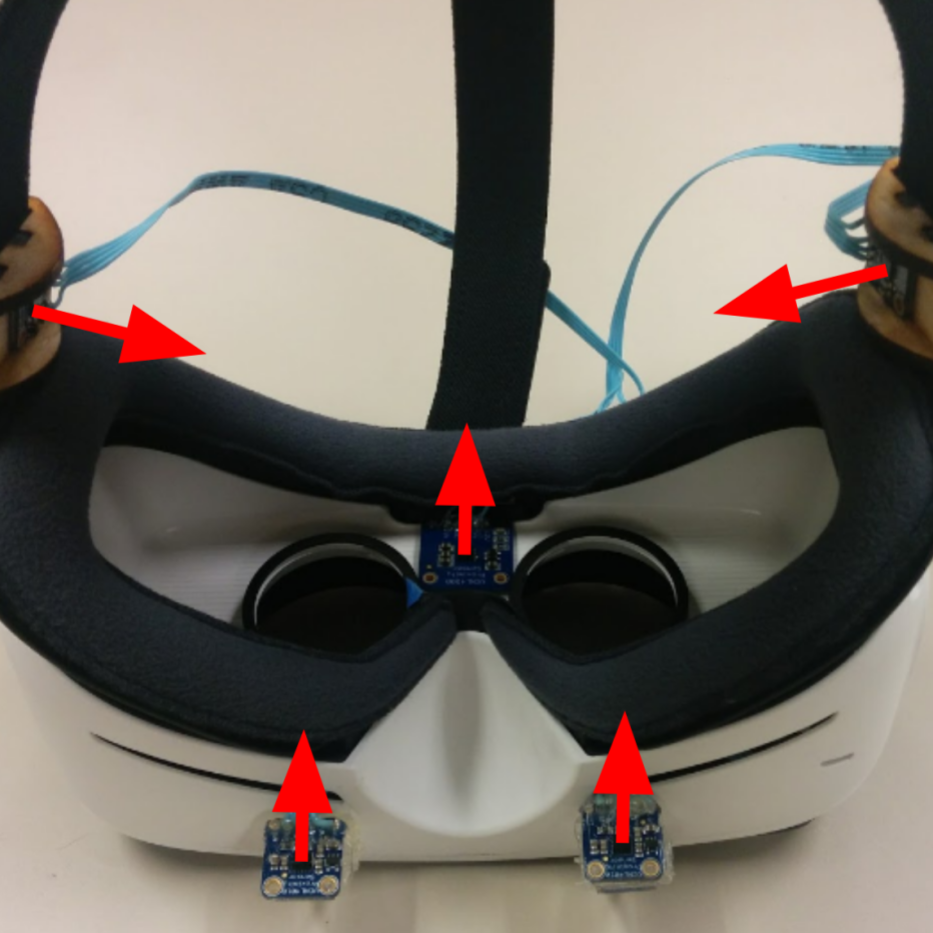
Buccal: Low-Cost Cheek Sensing for Inferring Continuous Jaw Motion in Mobile Virtual Reality
Teleconferencing is touted to be one of the main and most powerful uses of virtual reality (VR). While subtle facial movements play a large role in human-to-human interactions, current work in the VR space has focused on identifying discrete emotions and expressions through coarse facial cues and gestures. By tracking and representing the fluid movements of facial elements as continuous range values, users are able to more fully express themselves. In this work, we present Buccal, a simple yet effective approach to inferring continuous lip and jaw motions by measuring deformations of the cheeks and temples with only 5 infrared proximity sensors embedded in a mobile VR headset. The signals from these sensors are mapped to facial movements through a regression model trained with ground truth labels recorded from a webcam. For a streamlined user experience, we train a user independent model that requires no setup process. Finally, we demonstrate the use of our technique to manipulate the lips and jaw of a 3D face model in real-time.
Download
Paper (PDF)Reference
Richard Li, Gabriel Reyes. 2018. Buccal: Low-Cost Cheek Sensing for Inferring Continuous Jaw Motion in Mobile Virtual Reality. In Proceedings of the 2018 ACM International Symposium on Wearable Computers (ISWC '18). ACM, New York, NY, USA.